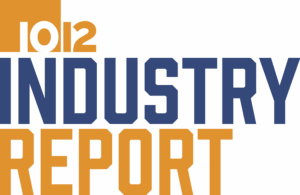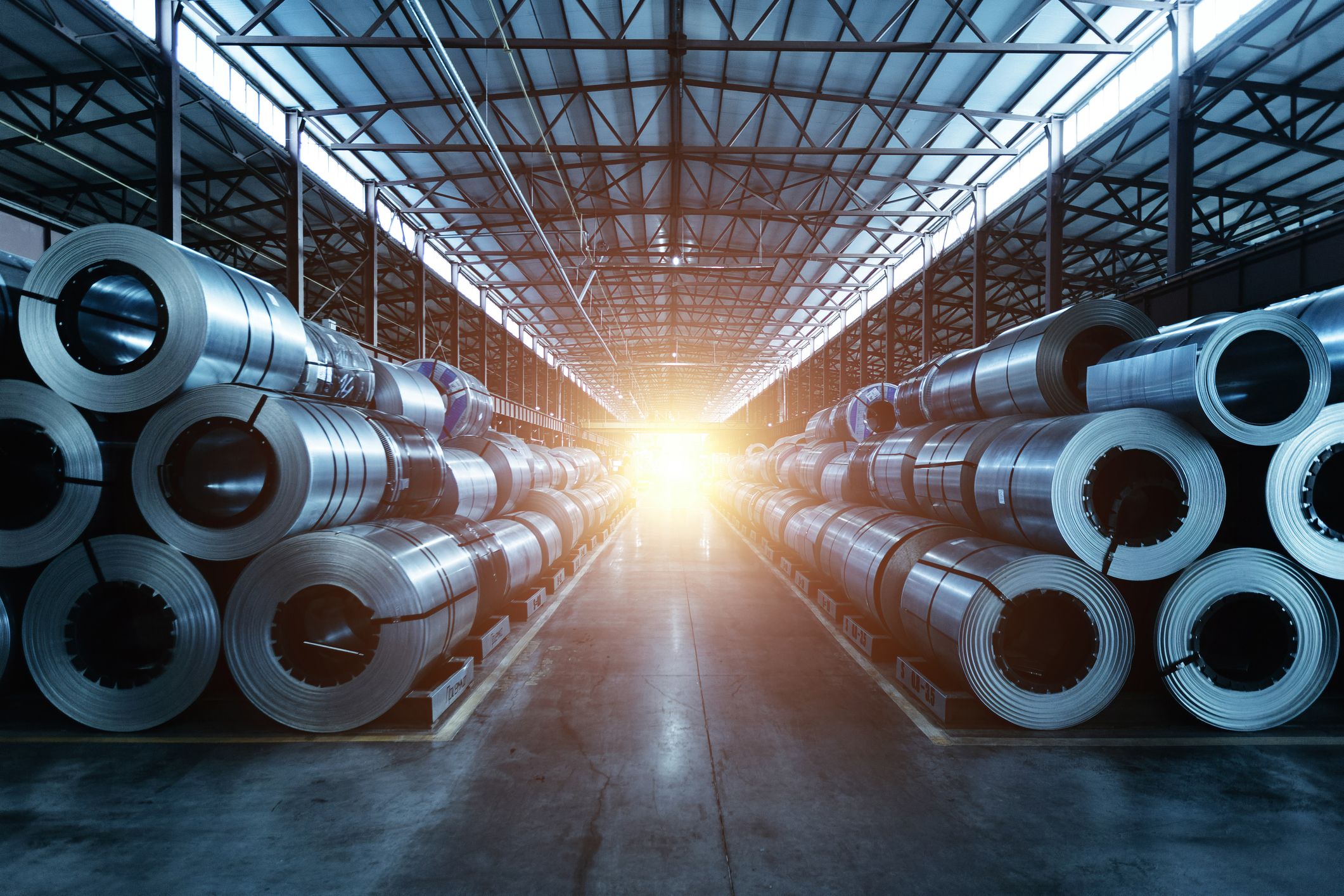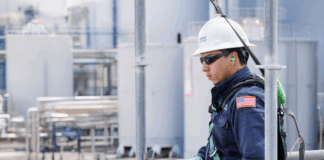Democrats and Republicans don’t agree on much, but they share a conviction that the government should help American manufacturers, one way or another.
Democratic President Joe Biden handed out subsidies to chipmakers and electric vehicle manufacturers. Republican President Donald Trump is building a wall of import taxes—tariffs—around the U.S. economy to protect domestic industry from foreign competition.
Yet American manufacturing has been stuck in a rut for nearly three years. And it remains to be seen whether the trend will reverse itself.
The U.S. Labor Department reports that American factories shed 7,000 jobs in June for the second month in a row. Manufacturing employment is on track to drop for the third straight year.
The Institute for Supply Management, an association of purchasing managers, reported that manufacturing activity in the United States shrank in June for the fourth straight month. In fact, U.S. factories have been in decline for 30 of the 32 months since October 2022, according to ISM.
“The past three years have been a real slog for manufacturing,’’ says Eric Hagopian, CEO of Pilot Precision Products, a maker of industrial cutting tools in South Deerfield, Massachusetts. “We didn’t get destroyed like we did in the recession of 2008. But we’ve been in this stagnant, sort of stationary environment.’’
Big economic factors contributed to the slowdown: A surge in inflation, arising from the unexpectedly strong economic recovery from COVID-19, raised factory expenses and prompted the Federal Reserve to raise interest rates 11 times in 2022 and 2023. The higher borrowing costs added to the strain. Government policy was meant to help.



